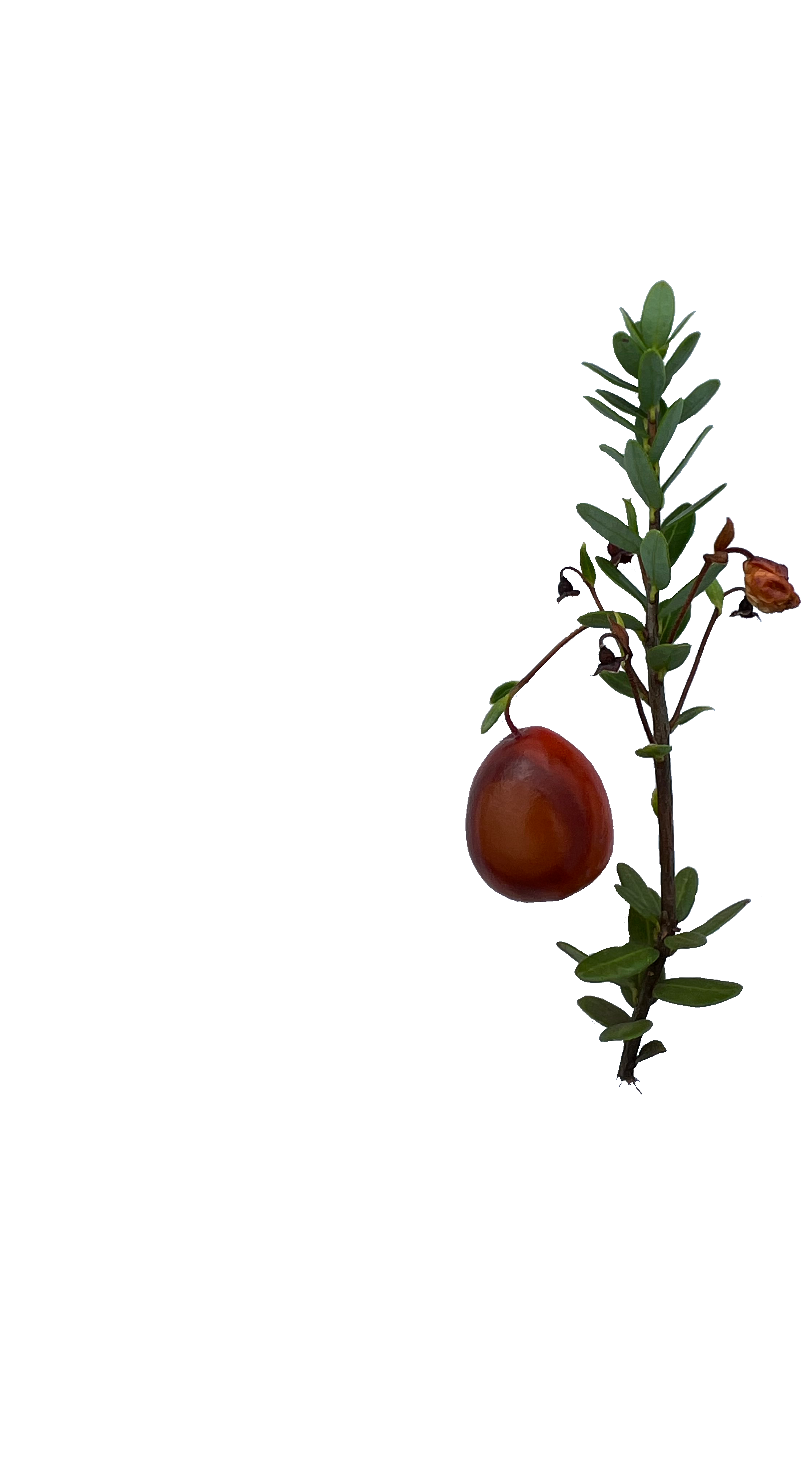Welcome to our newsletter! We’re excited to connect with you and share the latest developments from the SAME project. Made possible by funding from the USDA NIFA Specialty Crops Research Initiative, the SAME project team is dedicated to conducting multidisciplinary research on cranberry fruit rot and translating our findings to benefit cranberry stakeholders like you.
SAME represents a national effort aimed at comprehensively tackling the elements that contribute to the development of cranberry fruit rot, and it will offer decision support management options to cranberry growers.
Fruit rot is identified as the most important research need of cranberry growers across all U.S. growing regions. Cranberry fruit rot (CFR) has been a major factor reducing yields since the first commercial beds were planted in the late 1800s. Despite the implementation of CFR management protocols, losses of up to 30% or more remain common in regions with high disease pressure.
In historically less disease-prone areas like Wisconsin, severe fruit rot outbreaks typically occur sporadically and are linked to climatic events. A survey conducted by Project Director, Holland and colleagues in 2021, revealed that 83% of North American cranberry growers experienced fruit rot losses within the past 5 years. Alarmingly, less than half (46%) of these growers deemed existing fruit rot management strategies effective.
Growers identified various factors contributing to increased fruit rot incidence, including weather conditions, canopy moisture retention, susceptibility of certain varieties, and overheating. In recent years, the fruit rot disease complex has posed even greater challenges, with reported yield losses ranging from 50 to 100%. Consequently, growers apply 2 to 5 fungicides per season to ensure marketable harvests.
Our project team consists of University and USDA ARS Principal Investigators, along with valuable input from our Extension Network and Advisory Panel. Together, we’re committed to addressing the challenges faced by cranberry growers and finding innovative solutions.
In this newsletter, you can expect updates on our research progress, insights from our team members, and contributions from our collaborators. Stay tuned for more updates later this season!
